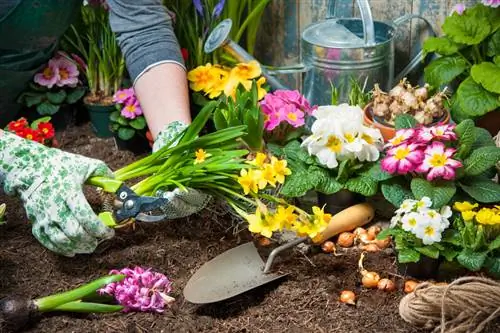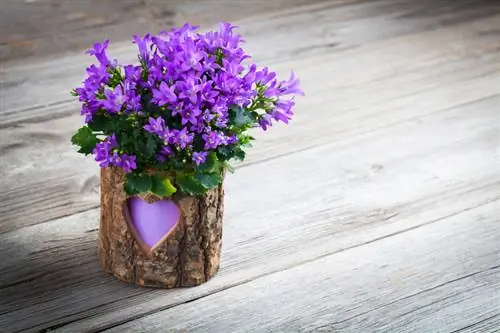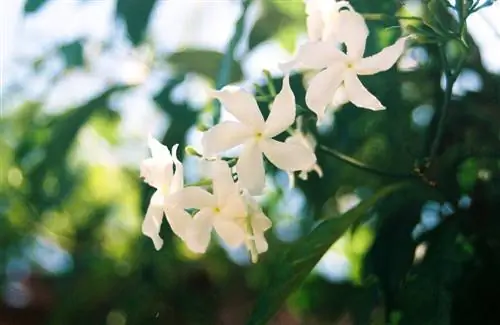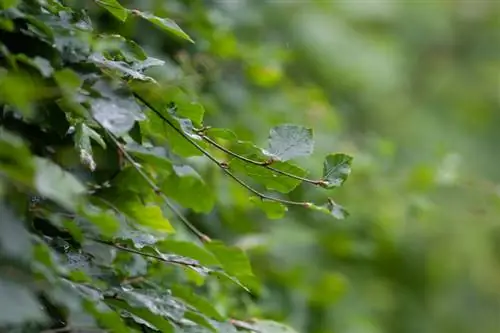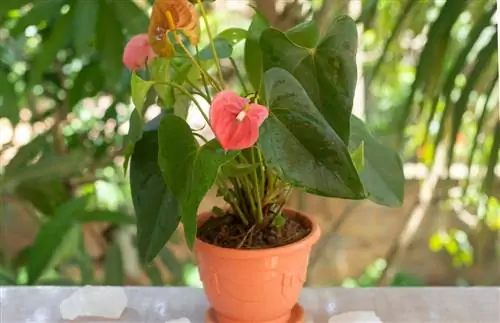- Author admin [email protected].
- Public 2023-12-16 16:46.
- Last modified 2025-01-23 11:20.
Bluebells - called Campanula by botanists - are a large genus of plants with around 300 to 500 members. Most wild forms bloom in shades of blue or purple, but there are also white, orange, pink or yellow cultivated varieties. The location should be selected according to the respective Campanula species, as they sometimes have completely different needs.
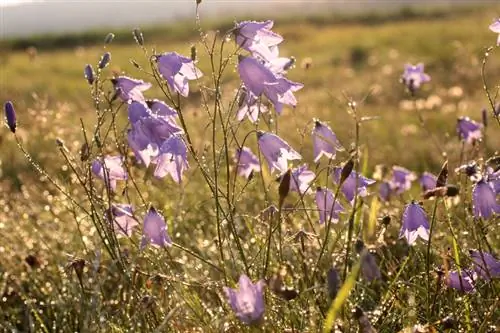
Where should you plant bluebells?
The ideal location for bluebells varies depending on the species, with both sunny and partially shaded locations being suitable. They prefer loose, well-drained, nutrient-rich and moist soils. Avoid full sun places with midday sun, as these are usually less tolerated.
Ideal location depends on species
The bellflowers, also known as campanulas, can basically be cultivated excellently in both sunny and partially shaded locations, although some species are even quite tolerant of shade. The forest bellflower (Campanula latifolia), for example, grows naturally at the edge of the forest and therefore thrives best in light to shady gardens or balconies. Other species, such as the meadow bellflower (Campanula patula), prefer sunny locations. However, full sun places (especially with midday sun) are more or less poorly tolerated by all bluebells and should therefore be avoided.
Bluebells like loose soil
No matter how different the needs may be in terms of location, the bluebells agree when it comes to soil conditions. All Campanula species thrive best on loose, well-drained, nutrient-rich and fresh (i.e. moist) soil, although, as with almost all plants, waterlogging must of course be prevented. Bellflowers cultivated in pots or buckets should also be provided with an appropriate substrate, although commercially available potting soil (€10.00 on Amazon) is usually completely sufficient and is well received. Sandy soils can be easily improved with compost soil, but soil with a lot of clay should be replaced.
Tips & Tricks
Bellflowers are not only easy to cultivate in beds, borders or in pots, but are also ideal for planting in rock gardens - provided, of course, that the substrate meets the plant's needs.


